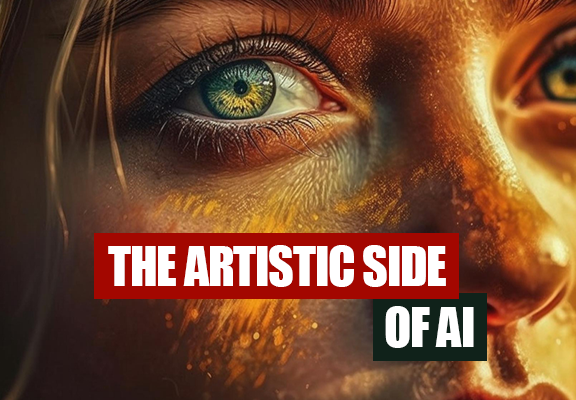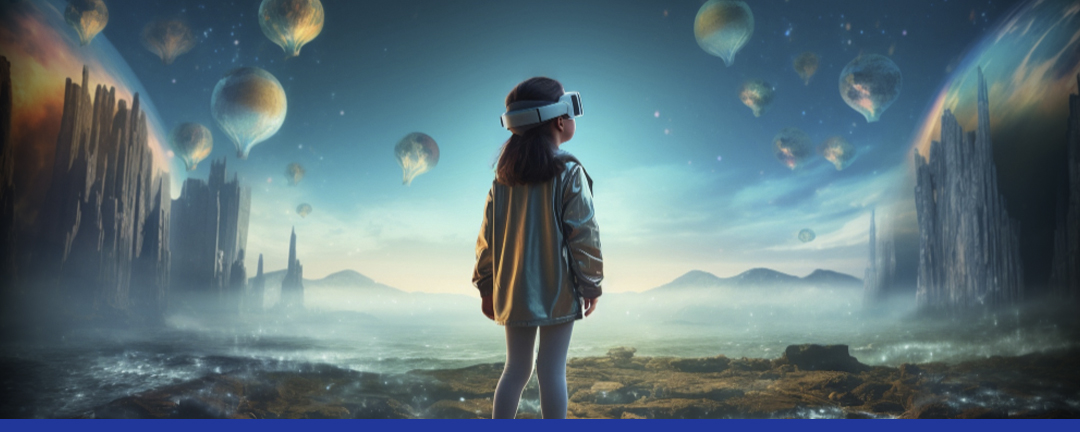The Artistic Side of AI: How it’s Revolutionizing the Creative Industry


Not only is Artificial Intelligence (AI) revolutionizing various industries by means of automation and data analysis, but it is also making tremendous progress in the field of creativity. Recent years have seen the emergence of artificial intelligence as a potent tool for artists, designers, and creators, which has revolutionized the way in which we approach art and innovation. Throughout this article, we will investigate the artistic side of artificial intelligence and the ways in which it is reshaping the landscape of the creative industry.
In the creative business, the ability of artificial intelligence to develop original artwork is one of the most exciting elements of this technology. Artificial intelligence systems are capable of producing spectacular visual compositions, music, and even literature through the utilization of generative algorithms and deep learning techniques on their end. Art that is generated by artificial intelligence calls into question our conceptions of creativity and raises problems about authorship and originality. Examples of this include abstract paintings and realistic portraiture.
The use of tools and software that are powered by artificial intelligence is enabling designers and artists to push the limits of their creative potential. AI gives artists the ability to explore new ideas, streamline workflows, and bring their visions to life in unique ways. This is accomplished through the use of intelligent design assistants as well as virtual reality (VR) virtual reality platforms. Whether it’s through the generation of design proposals, the analysis of trends, or the provision of real-time feedback, artificial intelligence tools enhance human creativity and open up unprecedented avenues for expression.

In a variety of media channels, artificial intelligence algorithms are transforming the process of creating content and providing personalized experiences. Artificial intelligence examines user preferences and behavior in order to produce material that interacts with individuals on a deeper level. This can range from personalized recommendations on streaming services to customized adverts and interactive storytelling. Content creators have the ability to create deeper relationships with their work and engage consumers in more meaningful ways when they harness the potential of artificial intelligence (AI).
The application of artificial intelligence (AI) creates significant ethical concerns, despite the fact that technology has enormous promise for innovation and creativity. Concerns regarding the existence of bias in algorithms, the rights to intellectual property, and the function of human oversight in the creation of art by artificial intelligence continue to be a topic of discussion among the creative community. As the technology behind artificial intelligence (AI) continues to advance, it is of the utmost importance to address these ethical concerns and make certain that creativity continues to be a uniquely human pursuit, with AI serving to augment rather than replace it.

Artificial intelligence’s artistic side is transforming the creative business in ways that have never been seen before. This includes the generation of unique artwork, the enhancement of creative processes, and the creation of personalized experiences. It is essential for artists, designers, and creators to embrace the possibilities of artificial intelligence technology while maintaining a level of awareness regarding ethical implications as the technology continues to evolve. Unlocking new horizons of creativity and redefining what it means to be an artist in the digital age are both possible outcomes that can be achieved through the utilization of artificial intelligence (AI) as a tool for innovation and expression.